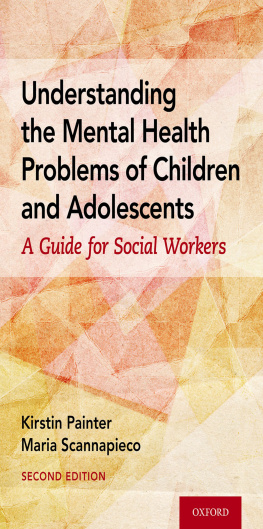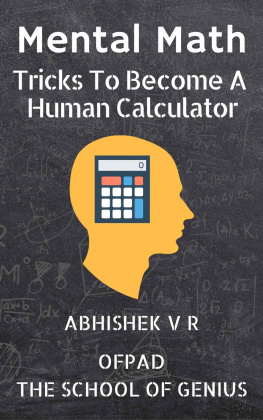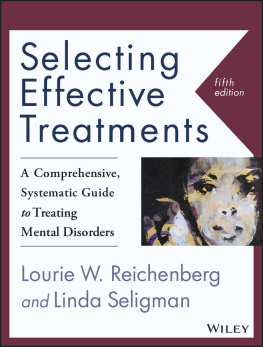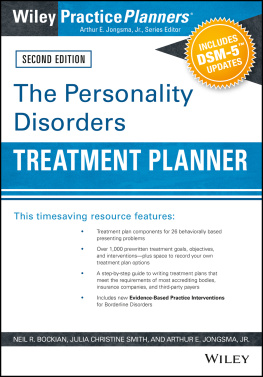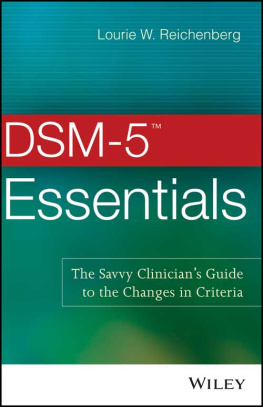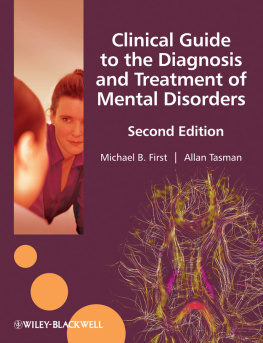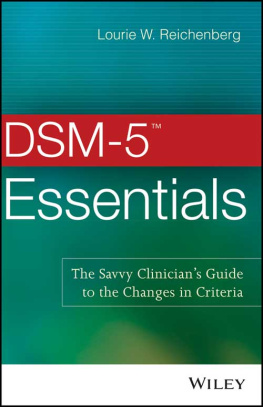Cover image: iStockphoto/bphillips
Cover design: Wiley
This book is printed on acid-free paper.
Copyright 2014 by John Wiley & Sons, Inc. All rights reserved.
Published by John Wiley & Sons, Inc., Hoboken, New Jersey.
Published simultaneously in Canada.
No part of this publication may be reproduced, stored in a retrieval system, or transmitted in any form or by any means, electronic, mechanical, photocopying, recording, scanning, or otherwise, except as permitted under Section 107 or 108 of the 1976 United States Copyright Act, without either the prior written permission of the Publisher, or authorization through payment of the appropriate per-copy fee to the Copyright Clearance Center, 222 Rosewood Drive, Danvers, MA 01923, (978) 750-8400, fax (978) 646-8600, or on the web at www.copyright.com . Requests to the Publisher for permission should be addressed to the Permissions Department, John Wiley & Sons, Inc., 111 River Street, Hoboken, NJ 07030, (201) 748-6011, fax (201) 748-6008, or online at http://www.wiley.com/go/permissions .
Limit of Liability/Disclaimer of Warranty: While the publisher and author have used their best efforts in preparing this book, they make no representations or warranties with the respect to the accuracy or completeness of the contents of this book and specifically disclaim any implied warranties of merchantability or fitness for a particular purpose. No warranty may be created or extended by sales representatives or written sales materials. The advice and strategies contained herein may not be suitable for your situation. You should consult with a professional where appropriate. Neither the publisher nor the author shall be liable for damages arising herefrom.
For general information about our other products and services, please contact our Customer Care Department within the United States at (800) 762-2974, outside the United States at (317) 572-3993 or fax (317) 572-4002.
Wiley publishes in a variety of print and electronic formats and by print-on-demand. Some material included with standard print versions of this book may not be included in e-books or in print-on-demand. If this book refers to media such as a CD or DVD that is not included in the version you purchased, you may download this material at http://booksupport.wiley.com . For more information about Wiley products, visit www.wiley.com .
Library of Congress Cataloging-in-Publication Data:
Seligman, Linda.Selecting Effective Treatments: A Comprehensive Systematic Guide to Treating Mental Disorders, Includes DSM-5 Update Chapter/Linda Seligman and Lourie W. Reichenberg.Fourth edition, DSM-5 update.
p.; cm.
Includes bibliographical references and indexes.
ISBN: 978-1-118-73801-6 (pbk.); ISBN: 978-1-118-73796-5 (ebk); ISBN: 978-1-118-73805-4 (ebk)
I. Reichenberg, Lourie W., 1956-author. II. Title.
[DNLM: 1. Diagnostic and statistical manual of mental disorders. 5th ed. 2. Mental Disorderstherapy. 3. Mental Disordersclassification. 4. Planning Techniques. 5. Treatment Outcome. WM 400]
RC480
616.8914dc23
2013034129
This book is dedicated to Linda Seligman
Preface to the DSM-5 Update Edition
A special welcome to professionals and students who are new to the Selecting Effective Treatments family. You will find within these pages a wealth of information that brings to life the diagnoses found in the new DSM-5, while at the same time cultivating a systematic, research-based approach to the assessment and treatment of mental disorders.
Returning readers will find a continuity within this text revision that allows them to pick up where the Fourth Edition left off. Great care has been taken to ensure that the new material remains true to the previous edition of Selecting Effective Treatments so that readers can seamlessly find the information they need in a format consistent with what they have come to expect.
Exclusive to this DSM-5 Update Edition is a completely new chapter, Chapter 11. This new material bridges the gap between DSM-IV and DSM-5, which was published in May 2013. Criteria for new disorders are includedhoarding, disruptive mood dysregulation disorder, and binge eating disorder, among others. The new spectrum approach to autism, schizophrenia, and other related disorders is discussed. Also included are two proposed disorders for further studynonsuicidal self-injury (NSSI) and suicidal behavior disorderto help practitioners assess and treat these emerging, and potentially life-threatening, disorders.
Welcome to all readers. It is my hope that you will find within these pages the information you need to conduct comprehensive assessments and create effective treatment plans for your clients. It has been my goal to streamline the process for you, to make diagnosis based on the new DSM-5 more straightforward and understandable, and to provide you with a clinical tool you can rely on for years to come.
Lourie W. Reichenberg, MA, LPC
Falls Church, Virginia
Preface
Psychotherapy is effective in the treatment of mental disorders, and, in many cases, it is more effective than medication. The question now becomes which approaches to psychotherapy are effective in treating which mental disorders, under what conditions, and with which clients?
With the growing number of books published on the topic of evidence-based practice, it becomes increasingly difficult to keep abreast of the latest research. Many books have been published that focus on one particular disorder, espouse one preferred mode of treatment, or offer a compendium of articles by different authors, but few volumes have presented a systematic, research-based approach to the treatment of mental disorders.
As a result, approaches to treatment are often haphazard, with clinicians relying on familiar or comfortable models rather than on treatments that have demonstrated the greatest effectiveness. This may have been acceptable in the early years of psychotherapy, but with increasing focus on outcomes and evidence-based practice, clinicians must be able to defend their treatment choicesto an increasingly health-conscious consumer and to the managed care organizations (MCOs) that provide third-party reimbursements.
Selecting Effective Treatments, Fourth Edition, does not advocate for one particular theoretical model, nor does it restrict clinicians to a narrow range of approaches. Research does not support such a circumscribed view of therapy, and such an approach would not promote the optimal use of each therapist's special talents. Rather, this book seeks to increase clinicians understanding of the symptoms and dynamics of mental disorders and to provide a range of treatment options for each disorder, allowing clinicians to blend their own therapeutic strengths and preferences with those approaches that have demonstrated effectiveness. Some information has been provided about the usefulness of medication for the various mental disorders; this information is included primarily to help clinicians determine when a referral for medication is in order and to assist them in anticipating the impact that medication is likely to have on their clients.
Selecting Effective Treatments should also help readers understand the impact of the clinician on treatment effectiveness. New outcomes research on the traits and characteristics of the therapist indicate that what the therapist does in session has more impact on treatment outcomes than the choice of therapeutic modality. As some have said, the therapeutic relationship is an evidence-based practice.



